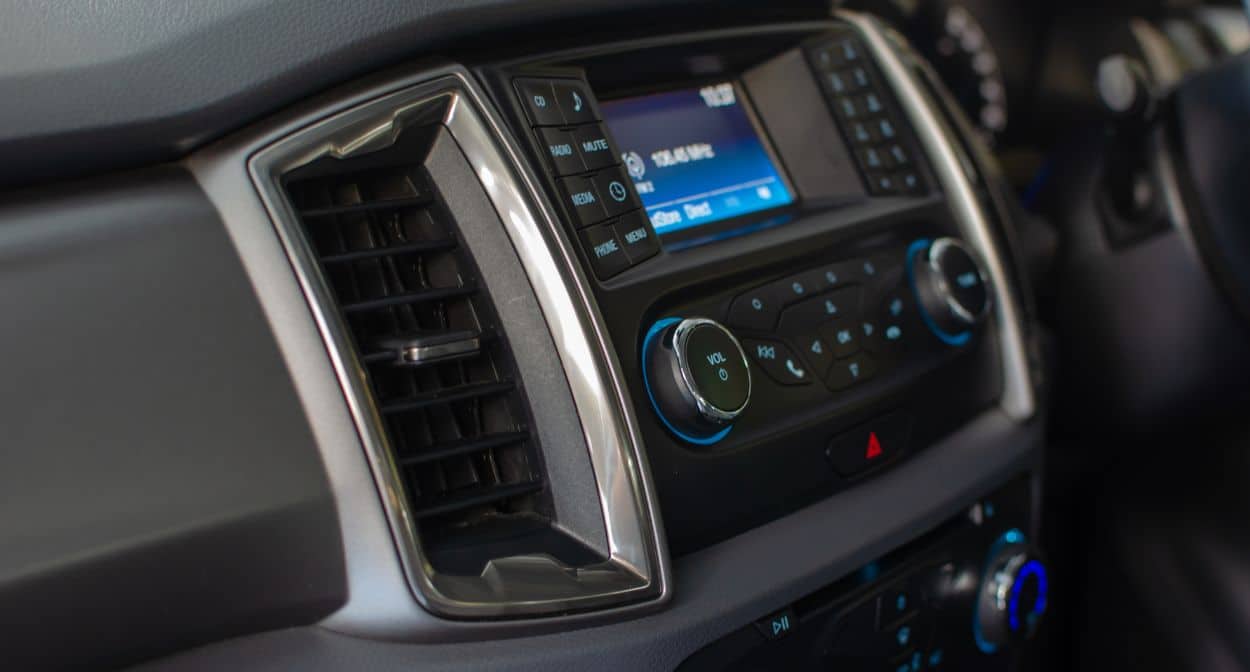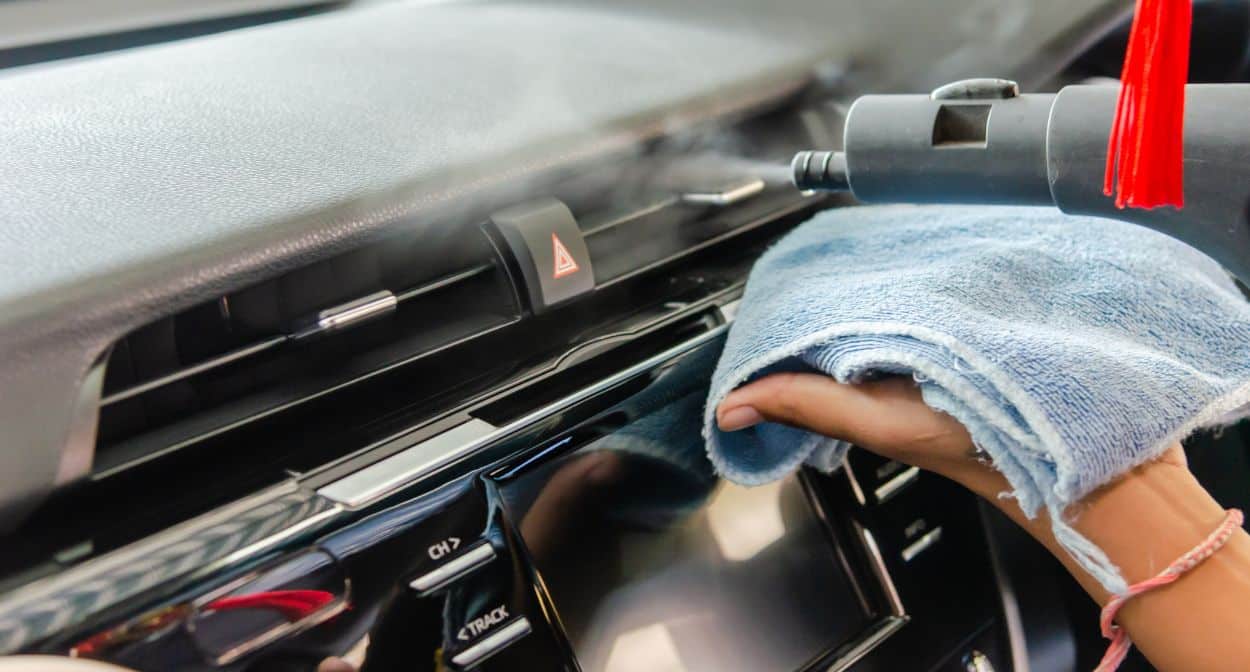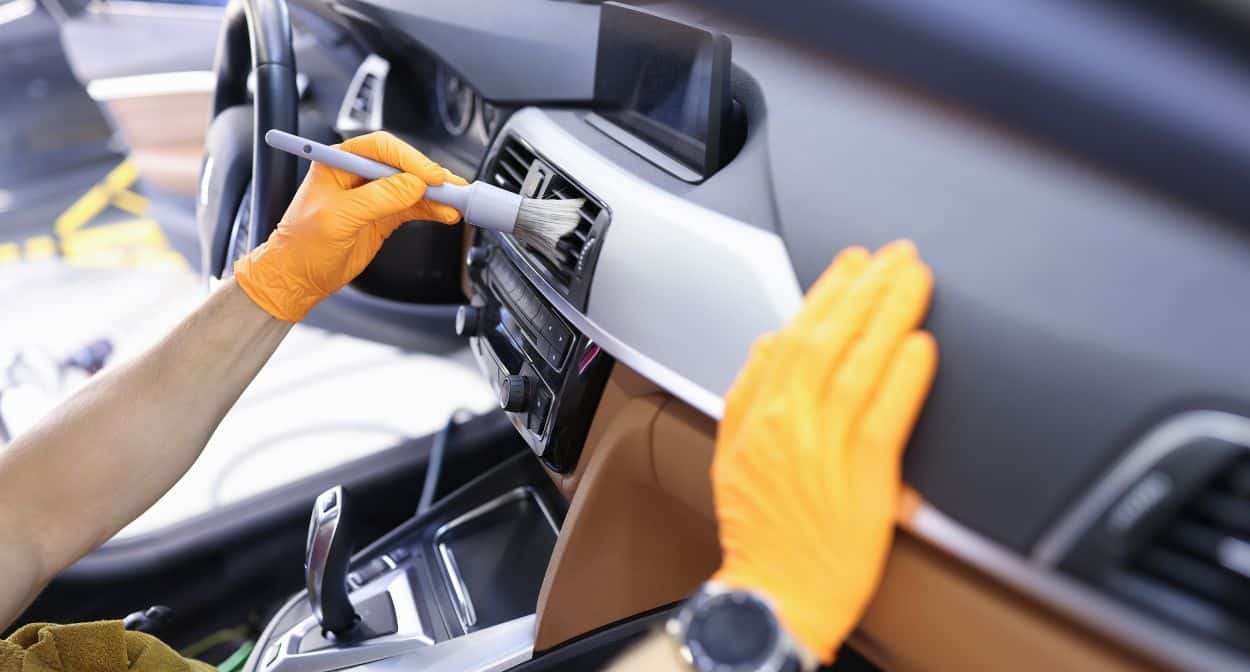Hello there, fellow car enthusiasts and everyday drivers alike! There’s nothing quite like the feeling of cool air breezing through your car on a hot day, is there? Air conditioning is one of those modern car features that we often take for granted until it stops working. And let’s be honest, a long drive in a hot car can be downright miserable. That’s why it’s essential to understand the importance of your car‘s AC system and how to keep it running smoothly.
Now, let’s talk about something that might make you sweat (but hopefully not for long) – car AC repair costs. We all know that car repairs can sometimes be a bit heavy on the wallet, and AC repairs are no exception. But don’t worry! In this article, we’ll guide you through the ins and outs of car AC repair cost estimates, so you can be prepared and keep your cool.

Understanding Your Car’s AC System
Before we dive into the costs, let’s take a moment to understand how your car’s AC system actually works. It’s like a mini science experiment happening right under your hood!
How Does It Work?
At its core, your car’s air conditioning system is all about transforming a refrigerant from a liquid to a gas and back again. This magical process absorbs heat and humidity from the air inside your car. As the refrigerant changes state, it cools down, and voilà! You’re left with that lovely, cool, dry air that makes driving so much more comfortable.
The Key Components
Now, let’s meet the stars of the show – the key components that make all of this possible:
- Compressor: Think of this as the heart of your AC system. Located at the front of the engine, the compressor pressurizes the refrigerant gas. It’s super important, and if it fails, it usually needs to be replaced.
- Condenser: This is like the AC’s radiator, and it’s usually found near the front grille. It cools the refrigerant and releases heat. It also has fans to help in the cooling process.
- Dryer: Imagine you’re wringing out a wet towel; that’s what the dryer does to the refrigerant. It removes water from it.
- Metering Device/Expansion Valve: This little gadget reduces the temperature and pressure of the refrigerant. It’s like the control knob of the system.
- Evaporator: This is where the magic happens! Located behind the dashboard, the evaporator cools the air by changing the refrigerant back to a liquid state. The air that passes over the evaporator then gets blown into the cabin, keeping you cool.
- Hoses/Lines: These are the transportation highways for the refrigerant, guiding it where it needs to go within the system.
And there you have it! That’s your car’s AC system in a nutshell. Understanding these components not only makes you a more informed car owner but also helps you make better decisions when it comes to repairs and maintenance.
Stay tuned as we delve into common AC problems and, most importantly, the cost estimates for fixing them in the next sections. Keep your shades on; we’re just getting started!

Common Car AC Problems
Let’s dive into some common issues that might cause your car’s AC to underperform or not work at all. Knowing what’s wrong is the first step in getting it fixed!
Lack of Cold Air
One of the most frustrating problems is when the AC is blowing air that’s cool, but not cold. There are several reasons this could be happening:
- Low Refrigerant: Over time, systems lose refrigerant and need to be recharged. This can be done at home or in an auto shop.
- Blocked or Broken Fans: If the fans on the condenser aren’t turning, your cold airflow will be affected. Clear away any debris and check if the fans are blowing.
- Dirty Air Cabin Filter: A clogged air cabin filter can impact airflow and cooling.
- Leaks: Leaks in the line affect the pressure and effectiveness of the AC system.
- Electrical Problems: Electrical issues can interfere with the AC system cooling properly.
- Failing Compressor or Compressor Clutch: If your compressor isn’t operating properly, you won’t get cool air.
Leaks in the AC System
Since a vehicle’s air conditioning system is closed and pressurized, a leak anywhere can disrupt the flow of cold air. It’s important to repair leaks quickly to avoid further damage. Visually inspect your car’s AC system, paying close attention to fittings, seals, and hoses.
Compressor Clutch Failure
A loud noise or “clunk” when you turn on your air conditioning is a sign that the compressor clutch is starting to fail. If the clutch is starting to go, you might also notice air that’s not cool enough, an inability to turn the AC on or off, or leaking refrigerant.
Unpleasant Odors
A moldy or musty smell is a sign that there’s some bacteria or mold growth somewhere within your vehicle. This could be caused by a dryer not working, mold on the evaporator, or dirty vents.

Car AC Repair Cost Estimates
Now that we know what can go wrong, let’s talk numbers. Here’s a breakdown of common AC repair costs:
- AC System Inspection and Diagnostics: Around $200
- AC Recharge: Between $235 and $281
- AC Hose Repair: Approximately $350
- Compressor Clutch Replacement: About $850
- New Compressor: Between $1,300 and $2,500
- New Car AC Installation or Total System Replacement: $2,750 or more
Factors That Can Impact Costs
Several factors can affect how much you’ll end up paying for AC repairs:
- Cause of the Problem: Some parts of an AC system are more affordable to fix than others.
- Type of Car: More expensive car brands often have higher price tags for AC repairs.
- Diagnostics: If it’s difficult to find and diagnose the problem, you’ll pay more in labor costs.
- DIY vs. Professional Repair: If you’re able to fix your AC yourself, you can save on labor costs.
Remember, it’s always best to address AC issues as soon as possible. Not only for your comfort but also to avoid more costly repairs down the line.

DIY vs. Professional Repair
Alright, so you’ve identified that there’s something amiss with your car’s AC. The next big question is, should you roll up your sleeves and tackle it yourself, or should you leave it to the pros? Let’s weigh the options.
When to Consider DIY
If the issue is relatively simple, like recharging the refrigerant or replacing the air cabin filter, you might want to consider doing it yourself. There are plenty of guides and tutorials available, and the tools and parts are usually not too expensive. Plus, there’s a certain satisfaction in fixing your own car!
When to Seek Professional Help
However, if the problem is more complex, like a failing compressor or a refrigerant leak, it’s best to seek professional help. AC systems can be intricate, and without the right knowledge, you might end up doing more harm than good.
Potential Cost Savings
Doing simple repairs yourself can save you a pretty penny, especially on labor costs. But remember, sometimes trying to save a little can cost a lot later if not done right.

The Importance of Timely AC Repairs
We can’t stress enough how important it is to address AC issues in a timely manner.
Potential Consequences
Neglecting AC problems can lead to more severe issues down the line. For example, a small refrigerant leak left unattended can cause the compressor to work overtime and eventually fail, which is a much more costly repair.
Benefits of Proactive Maintenance
Being proactive in maintaining and repairing your AC system ensures that you and your passengers have a comfortable ride. It also helps in maintaining the resale value of your car and saves you money in the long run by avoiding more significant repairs.
Conclusion
We’ve covered a lot of ground here, from understanding how your car’s AC system works, common problems, and their solutions, to the cost estimates for repairs. Remember, whether you choose DIY or professional repair, the key is to address issues promptly and keep your car’s AC system well-maintained.
Your car is an investment and taking good care of it, including its AC system, is essential. So, stay informed, be proactive, and keep cruising comfortably. Safe and cool travels to you!

